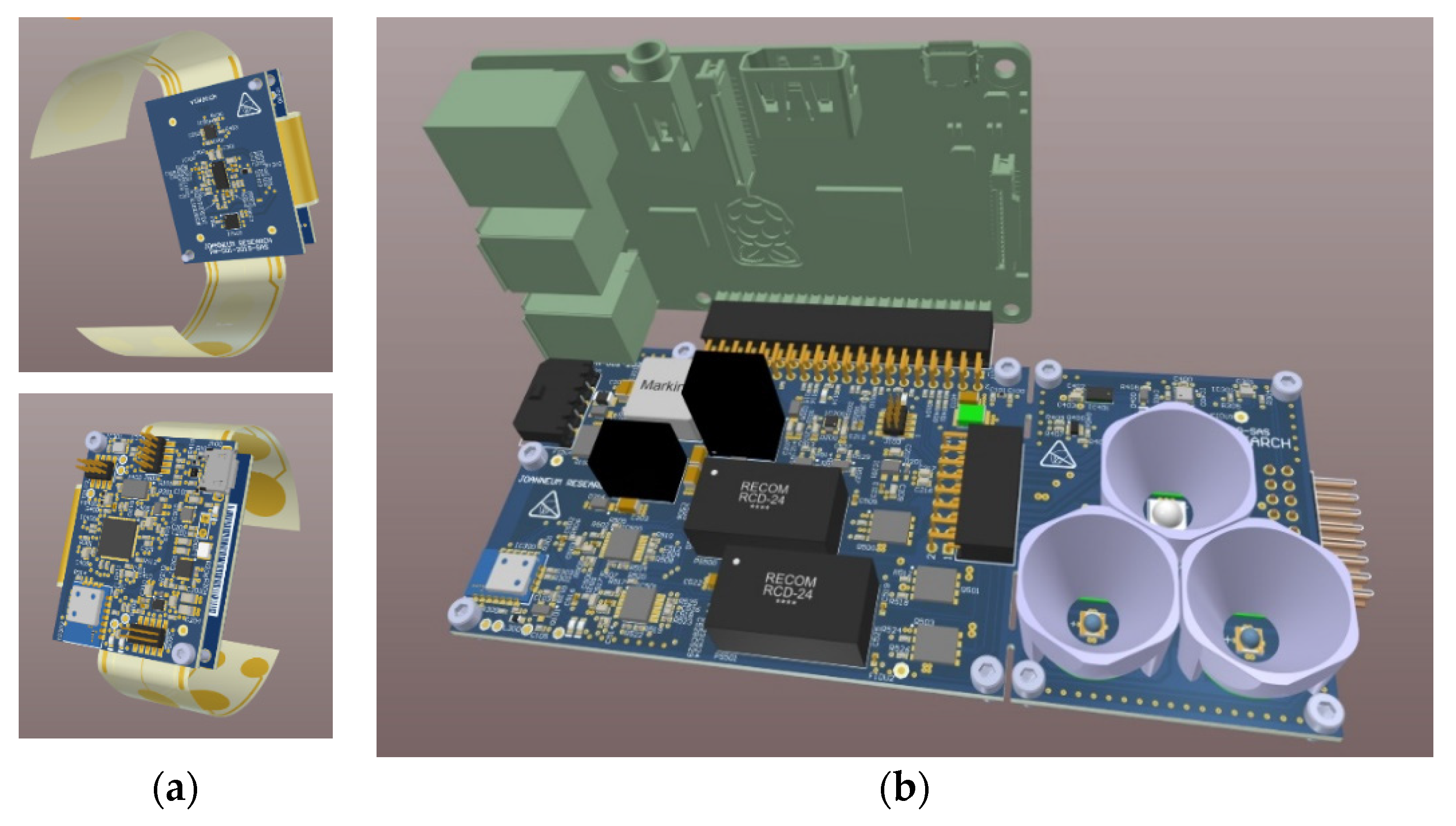VitaLight—Light to Support Vital Signs †
Abstract
:1. Introduction
2. Results
Funding
Conflicts of Interest
References
- Stern, M.; Broja, M.; Sansone, R.; Gröne, M.; Skene, S.S.; Liebmann, J.; Suschek, C.V.; Born, M.; Kelm, M.; Heiss, C. Blue Light Exposure Decreases Systolic Blood Pressure, Arterial Stiffness, and Improves Endothelial Function in Humans. Eur. J. Prev. Cardiol. 2018, 25, 1875–1883. [Google Scholar] [CrossRef] [PubMed]
- Weller, R.B.; Wang, Y.; He, J.; Maddux, F.W.; Usvyat, L.; Zhang, H.; Feelisch, M.; Kotanko, P. Does Incident Solar Ultraviolet Radiation Lower Blood Pressure? J. Am. Heart Assoc. 2020, 9, e013837. [Google Scholar] [CrossRef] [PubMed]
- Niknejad, N.; Ismail, W.B.; Mardani, A.; Liao, H.; Ghani, I. A comprehensive overview of smart wearables: The state of the art literature, recent advances, and future challenges. Eng. Appl. Artif. Intell. 2020, 90, 103529. [Google Scholar] [CrossRef]

Publisher’s Note: MDPI stays neutral with regard to jurisdictional claims in published maps and institutional affiliations. |
© 2020 by the authors. Licensee MDPI, Basel, Switzerland. This article is an open access article distributed under the terms and conditions of the Creative Commons Attribution (CC BY) license (https://creativecommons.org/licenses/by/4.0/).
Share and Cite
Schantl, S.; Weiss, A.P.; Wenzl, F.-P. VitaLight—Light to Support Vital Signs. Proceedings 2020, 56, 27. https://doi.org/10.3390/proceedings2020056027
Schantl S, Weiss AP, Wenzl F-P. VitaLight—Light to Support Vital Signs. Proceedings. 2020; 56(1):27. https://doi.org/10.3390/proceedings2020056027
Chicago/Turabian StyleSchantl, Stefan, Andreas Peter Weiss, and Franz-Peter Wenzl. 2020. "VitaLight—Light to Support Vital Signs" Proceedings 56, no. 1: 27. https://doi.org/10.3390/proceedings2020056027
APA StyleSchantl, S., Weiss, A. P., & Wenzl, F.-P. (2020). VitaLight—Light to Support Vital Signs. Proceedings, 56(1), 27. https://doi.org/10.3390/proceedings2020056027




